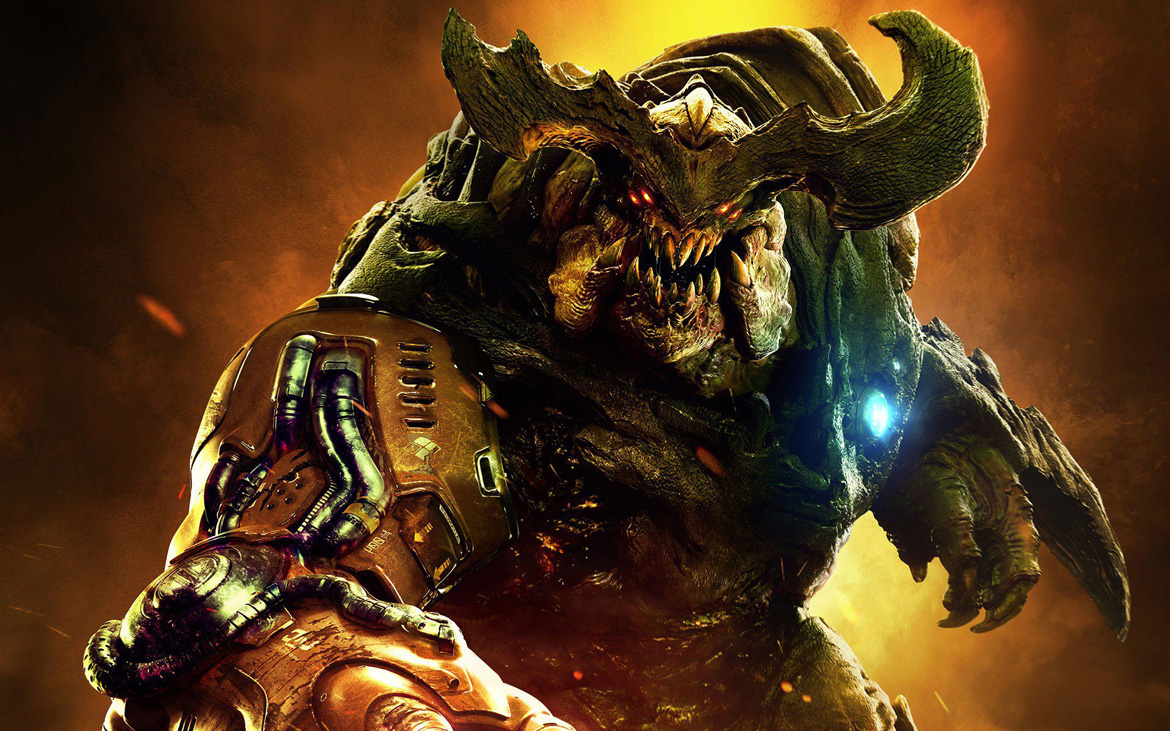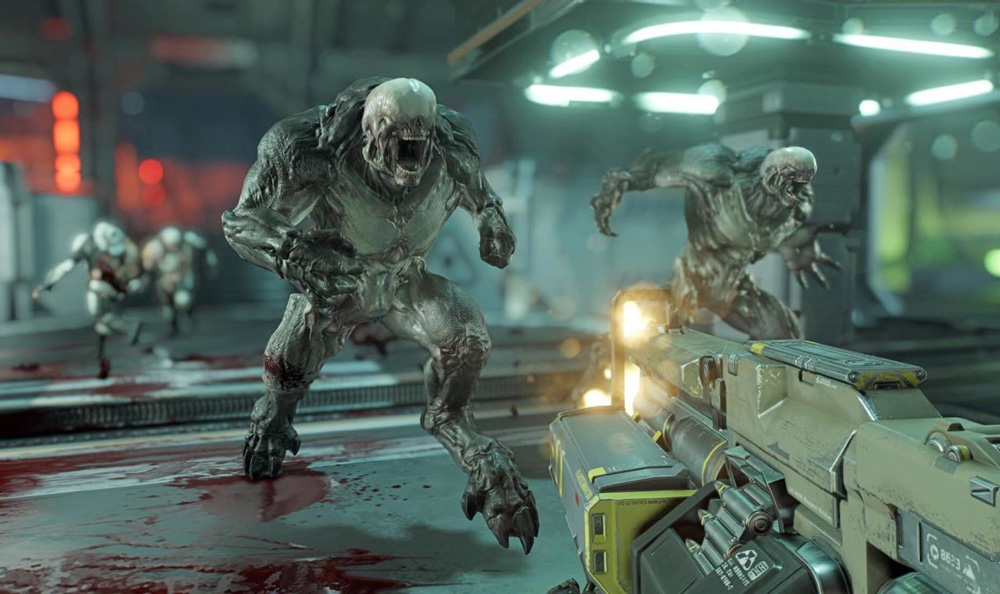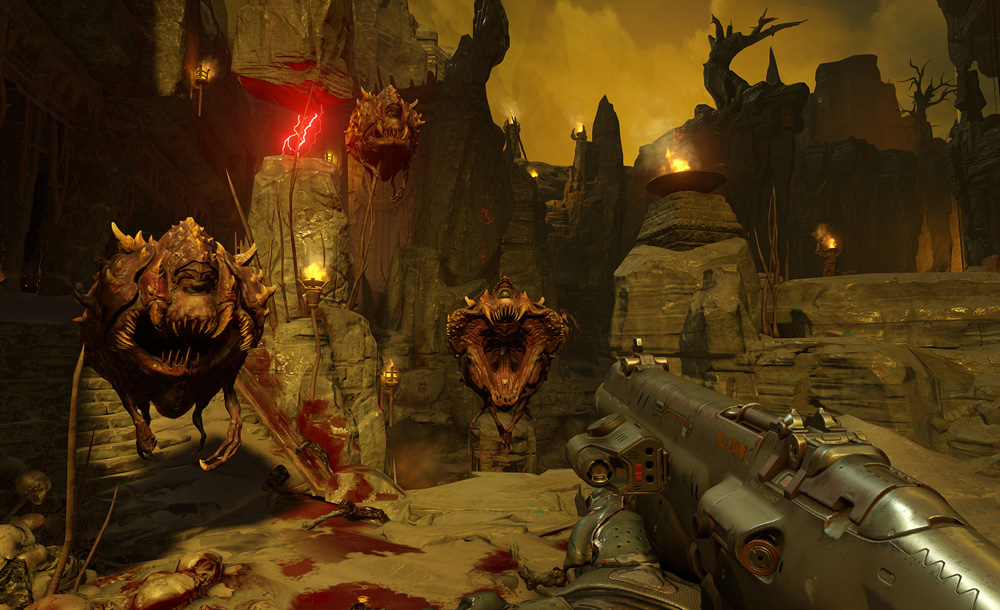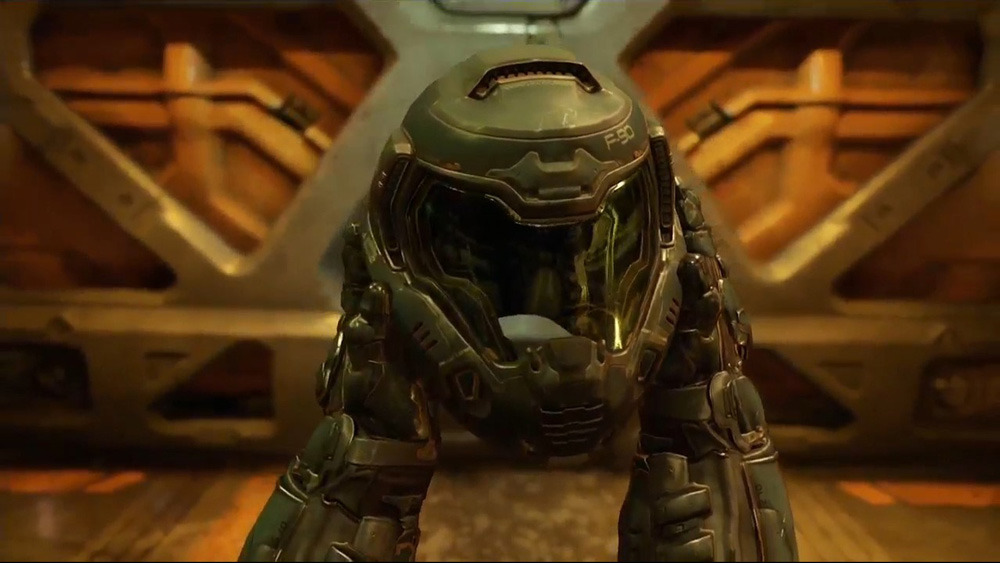TL;DR
Doom is back, but does its 2016 reboot capture the magic of the 90s classic for a new generation? While the visceral, adrenaline-pumping combat and a buttery-smooth 60fps frame rate deliver on the core promise of demonic slaughter, some elements fall short. Narrative and puzzle sections feel tacked-on and can be frustratingly obtuse, while enemy variety and sound design lean a bit too heavily on retro, sometimes artificial, elements. The game's B-movie aesthetic is charming but also highlights dated design choices. It’s a thrilling ride, especially for long-time fans, but newcomers might need to brace themselves for some old-school quirks. Ready to dive into the fiery pits? Read on to see if this revival truly slays!
After approximately 20 years, the FPS classic Doom has been resurrected. The question is whether its updated graphics are sufficient to attract a new generation unfamiliar with the original.
In the 90s, the developers at ID Software achieved near-legendary status. As the PC gained prominence as the primary gaming platform with the advent of the 386 processor and beyond, a new and immensely popular genre emerged: the First Person Shooter (FPS). Wolfenstein 3D (which also received a modern iteration) became a ubiquitous title, installed on virtually every hard drive. Then came Doom, impressing players with its pump-action shotgun and its infernal setting. While subsequent sequels diminished in impact, the rock star status of John Carmack – considered a pioneer of the FPS genre – gradually faded, making it challenging for him to secure funding for his more recent projects. Over the decades, the FPS genre has become firmly established, dominated by major titles such as Destiny, Halo, and Call of Duty. Can this homage to the past reclaim its former glory?
Doom, playable in both solo and multiplayer modes, begins on Mars before descending into its core attraction: hell itself, populated by hordes of bloodthirsty demons. While the developers have attempted to craft a narrative framework, it feels largely superfluous. Doom is primarily about visceral combat and powerful weaponry. On this front, ID Software and Bethesda deliver effectively. At its most intense, the gameplay is genuinely thrilling and adrenaline-fueled. The game features upgradeable weapons, and the engine maintains a blistering 60 fps. This fluidity can initially induce a sense of motion sickness in some players. However, this performance comes at a cost to graphical fidelity. While the visuals are generally good, they lack exceptional detail in environments, depth of field, and enemy variety. This compromise is acceptable, given that Doom is not about scenic vistas but about engaging in intense firefights with demonic forces. As such, the core combat experience is compelling.
One less successful aspect is the inclusion of “problem-solving” elements and narrative sequences, which feel somewhat disjointed within the overall gameplay loop. The puzzles in Doom are often simplistic, typically involving the retrieval of a specific key or object, reminiscent of classic 90s game design. However, the levels are expansive and often convoluted, and the 3D map, navigable within a submenu, is frustratingly difficult to interpret and provides insufficient information. This can lead to aimless searching and trial-and-error exploration, which detracts from the game’s pacing and overall engagement. While narrative ambitions are understandable, they ultimately detract from the core experience.
Another issue, more apparent today than in 1993, is the initial uniformity of the enemies. While the early encounters possess a certain intensity and the brutal Glory Kills highlight the game’s mature rating, the battles quickly become repetitive and generic. It takes several hours before the enemy variety and overall gameplay truly become engaging. The sound design also leans heavily on retro elements, with screechy rock guitar riffs and monster samples that sound somewhat artificial. The surround sound mix lacks impact, making the game best experienced with a high-quality pair of headphones (the Plantronics RIG are an excellent choice, now available in a newer model).
In conclusion, the 2016 version of Doom presents a mixed experience. The frame rate is excellent, and the intense battles provide genuinely pulse-raising action. However, the B-movie aesthetic in terms of game and sound design, coupled with the occasionally tedious keycard hunts, detract from the overall experience. While the deliberate retro tone has its charm, it also makes the game feel like an outdated design with a modern presentation. As such, long-time Doom fans may derive the most enjoyment from this title, although newcomers to the FPS genre should also consider giving it a chance, provided they can tolerate some of its antiquated elements.




